Apple Simplifies iPhones For Grandparents With Bright & Bold ‘Assistive Access’
By Mikelle Leow, 17 May 2023
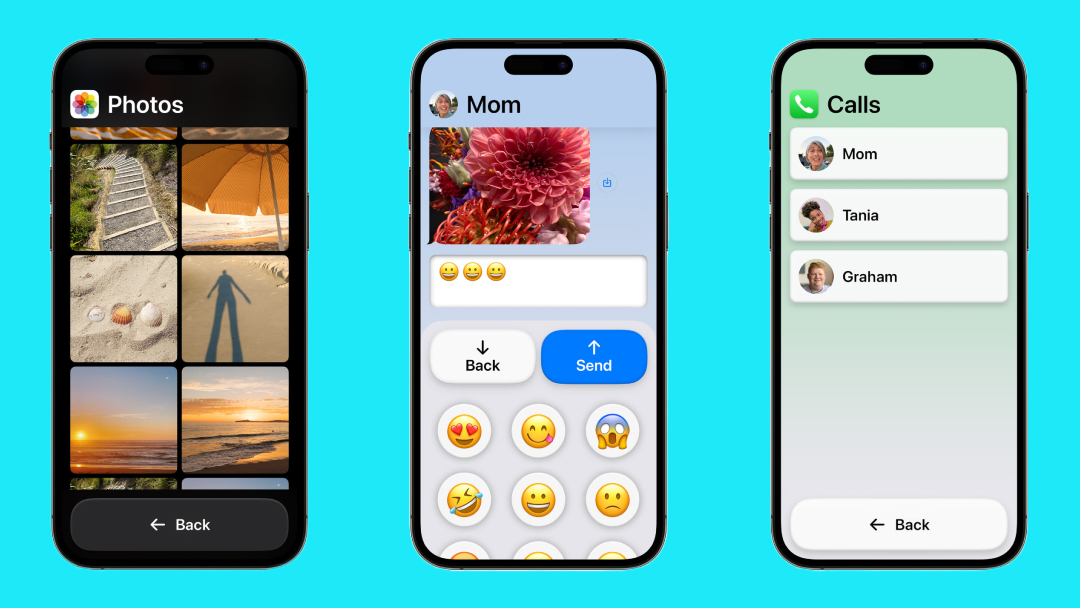
It’s always a worry of people who live far away from their parents or grandparents that the latter may struggle to reach out in the event of an emergency. A simple call could be all it takes, but a lot of the time, the complications of technology get in the way.
Ahead of WWDC 2023 and Global Accessibility Awareness Day on May 18, Apple has introduced a monumental feature to reduce fatigue for users who get overwhelmed by digital clutter. The new ‘Assistive Access’ controls are part of a cluster of accessibility features the tech giant is bringing on board, like ‘Personal Voice’, which can recreate a user’s voice with just 15 minutes of audio.
Specifically, Assistive Access is envisioned for people with cognitive disabilities, but elderly loved ones who grapple with using devices also come to mind. The setting distills apps and features to their core elements to lower cognitive overload so that users can get to the required areas more quickly.
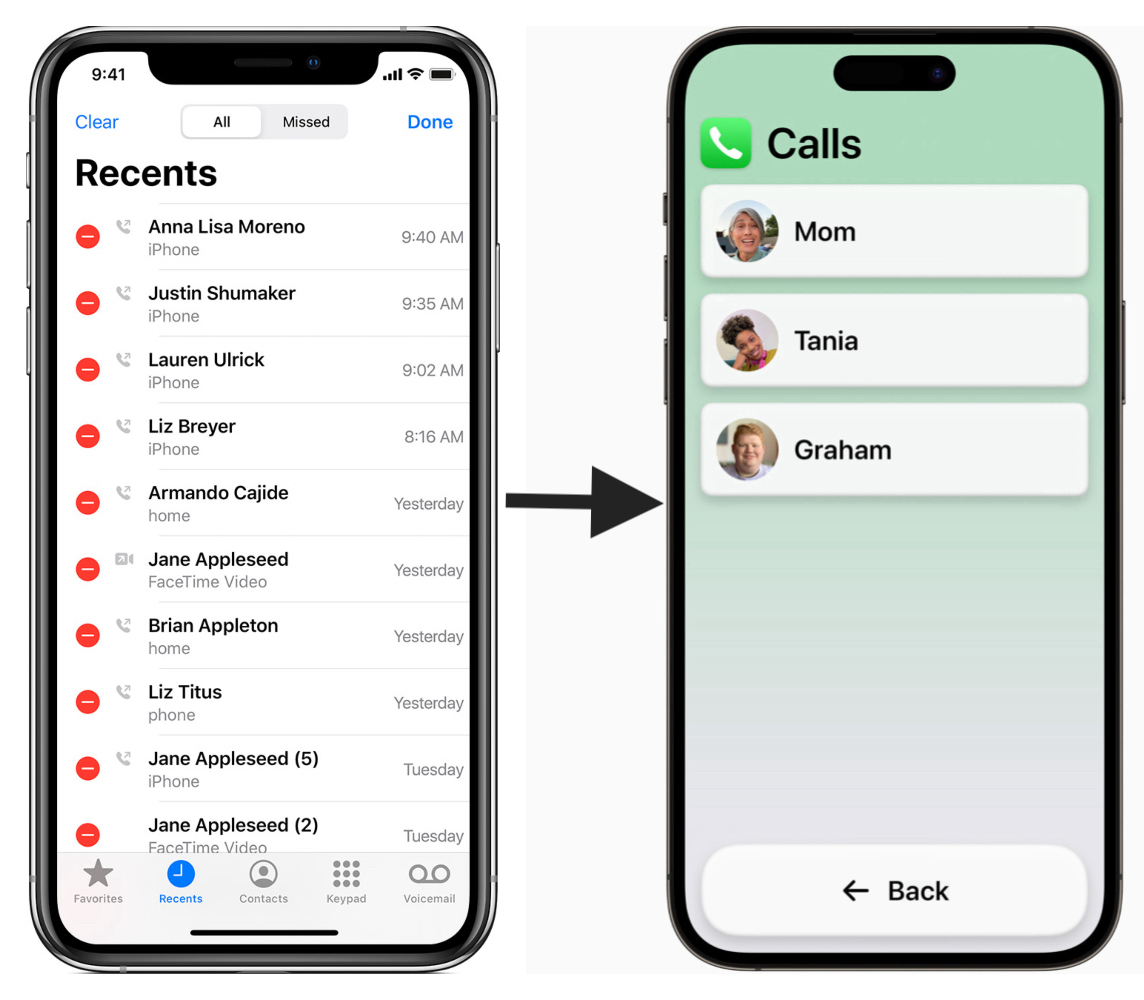
Assistive Access condenses the Phone and FaceTime experiences into a single Calls app. The go-to Messages, Camera, Photos, and Music apps are also streamlined—with high-contrast buttons and enlarged text—empowering users with accessibility needs to reach what their iPhones and iPads are built for: “connecting with loved ones, capturing and enjoying photos, and listening to music,” says Apple.
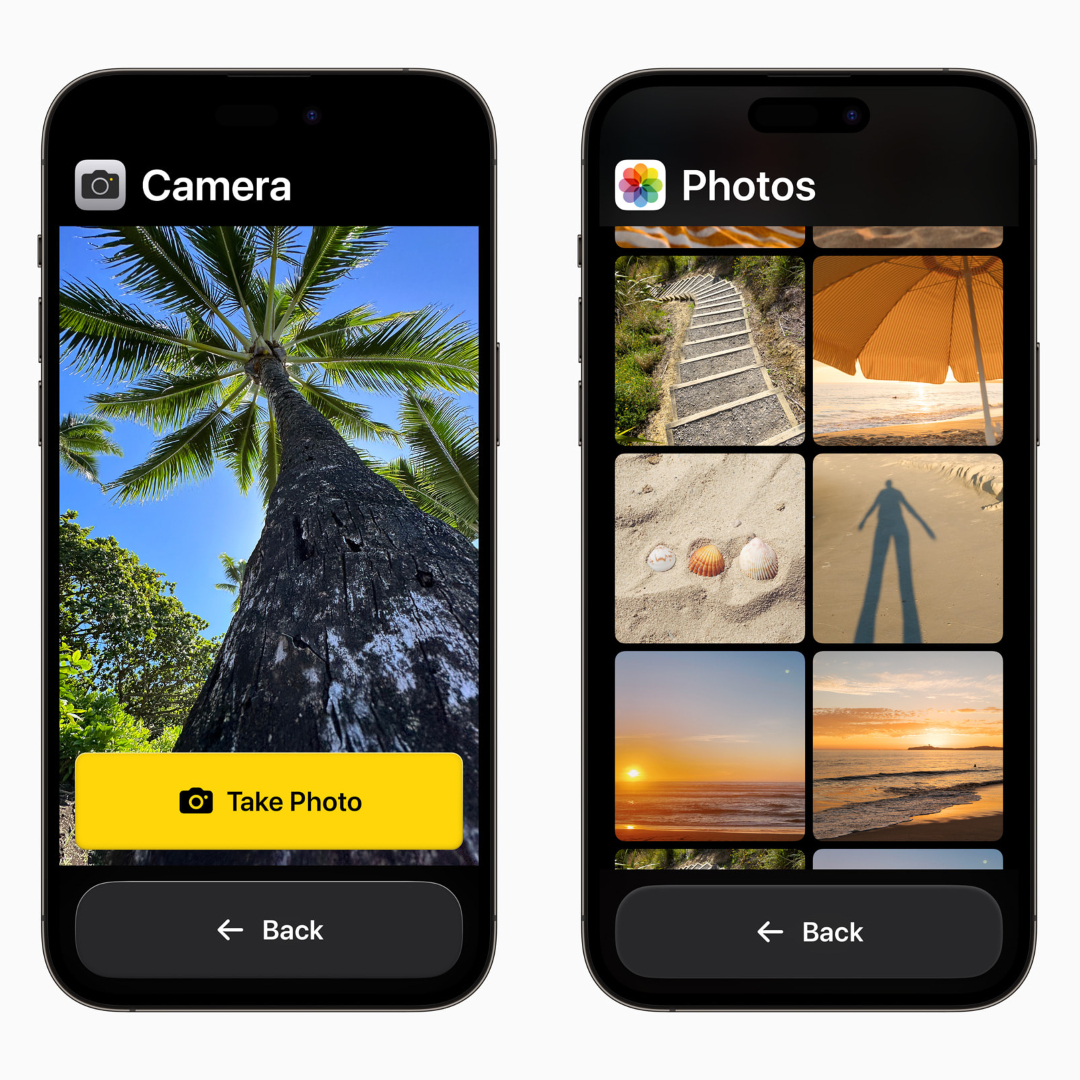
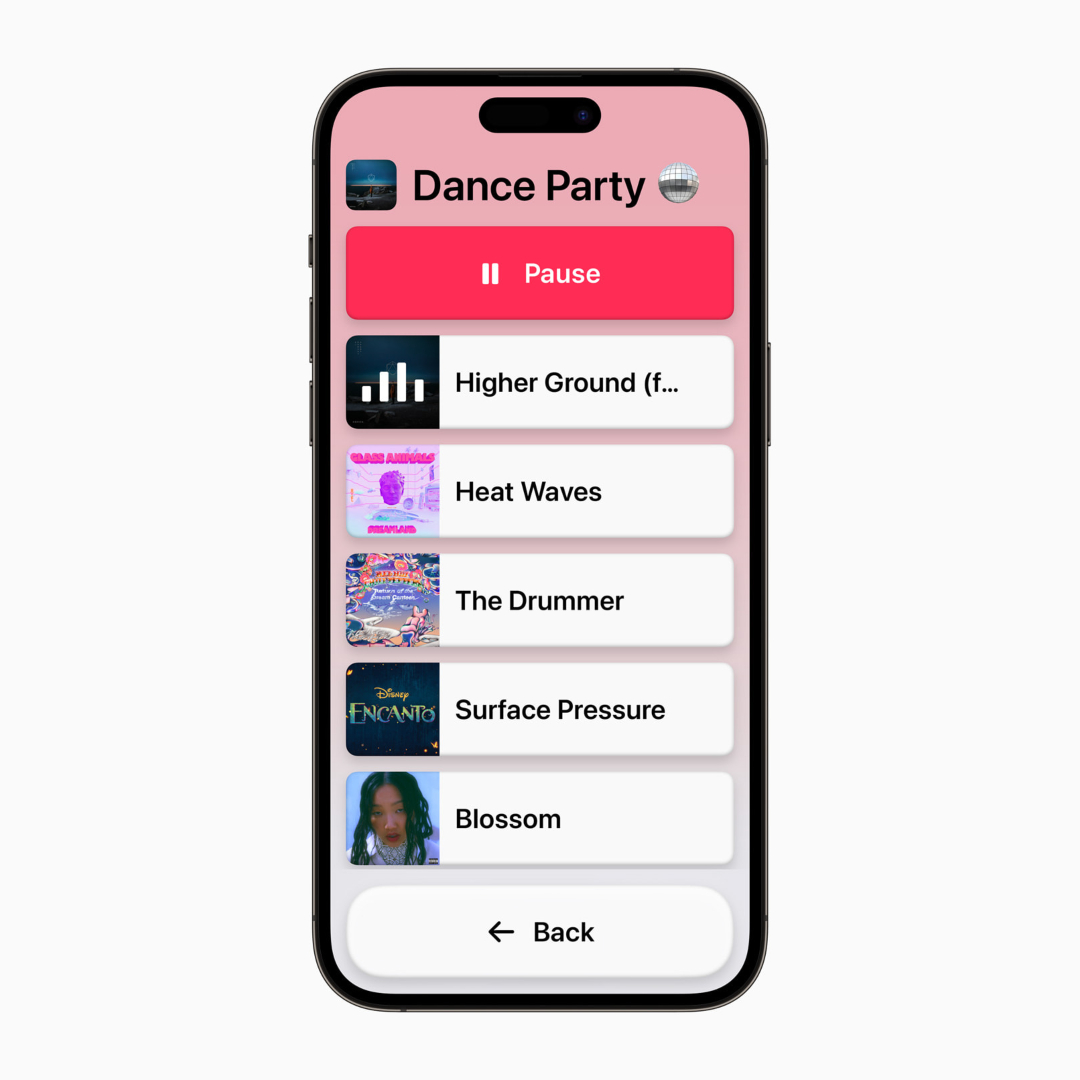
One possible setting that users and their supporters can toggle on is a simplified Messages app featuring an emoji-only keyboard and a button to record a video message.
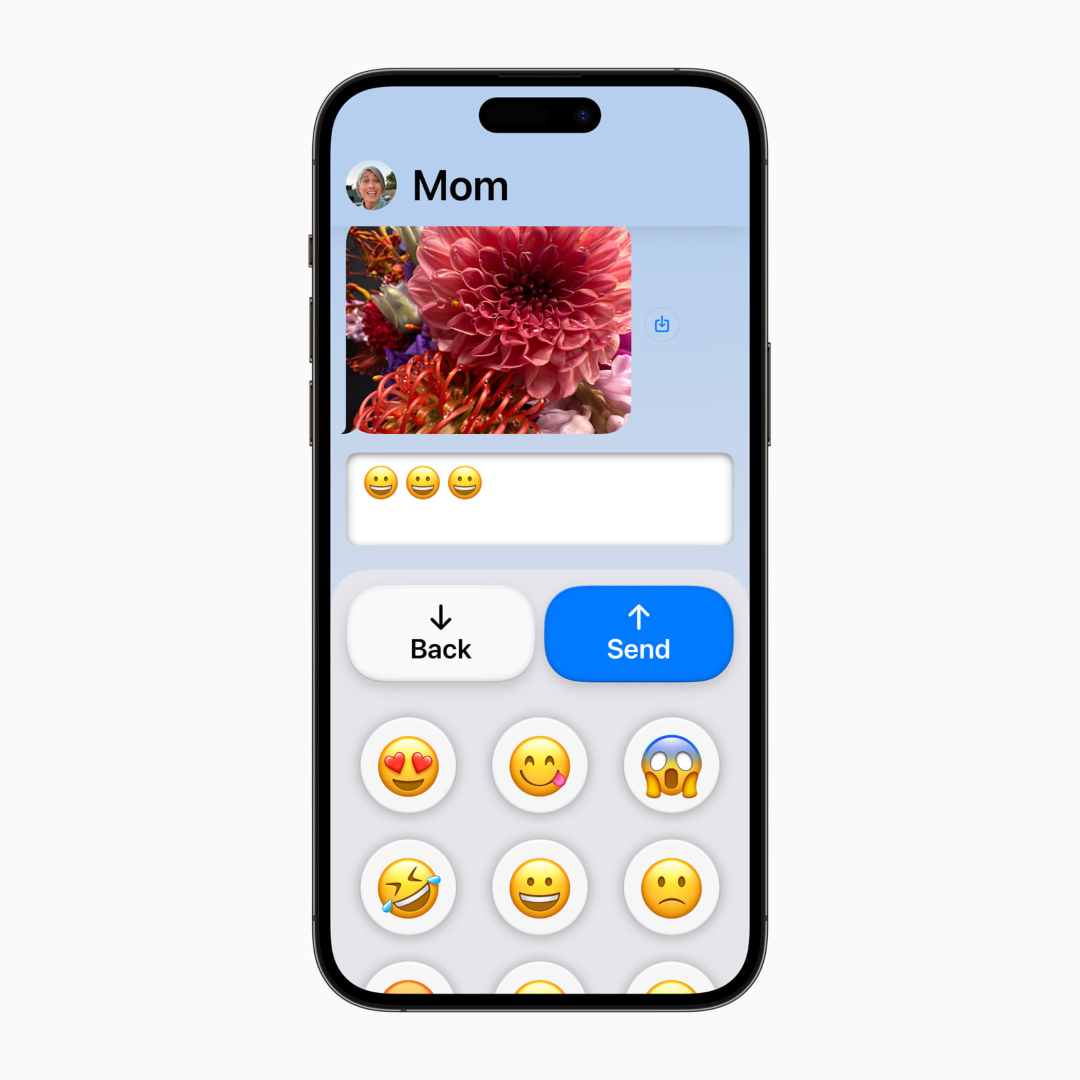
“The intellectual and developmental disability community is bursting with creativity, but technology often poses physical, visual, or knowledge barriers for these individuals,” shares Katy Schmid, senior director of National Program Initiatives at The Arc of the United States. “To have a feature that provides a cognitively accessible experience on iPhone or iPad—that means more open doors to education, employment, safety, and autonomy. It means broadening worlds and expanding potential.”
Importantly, users and their carers will be given a choice of a more visual, grid-based interface for their Home Screen and apps, or a row-based layout.
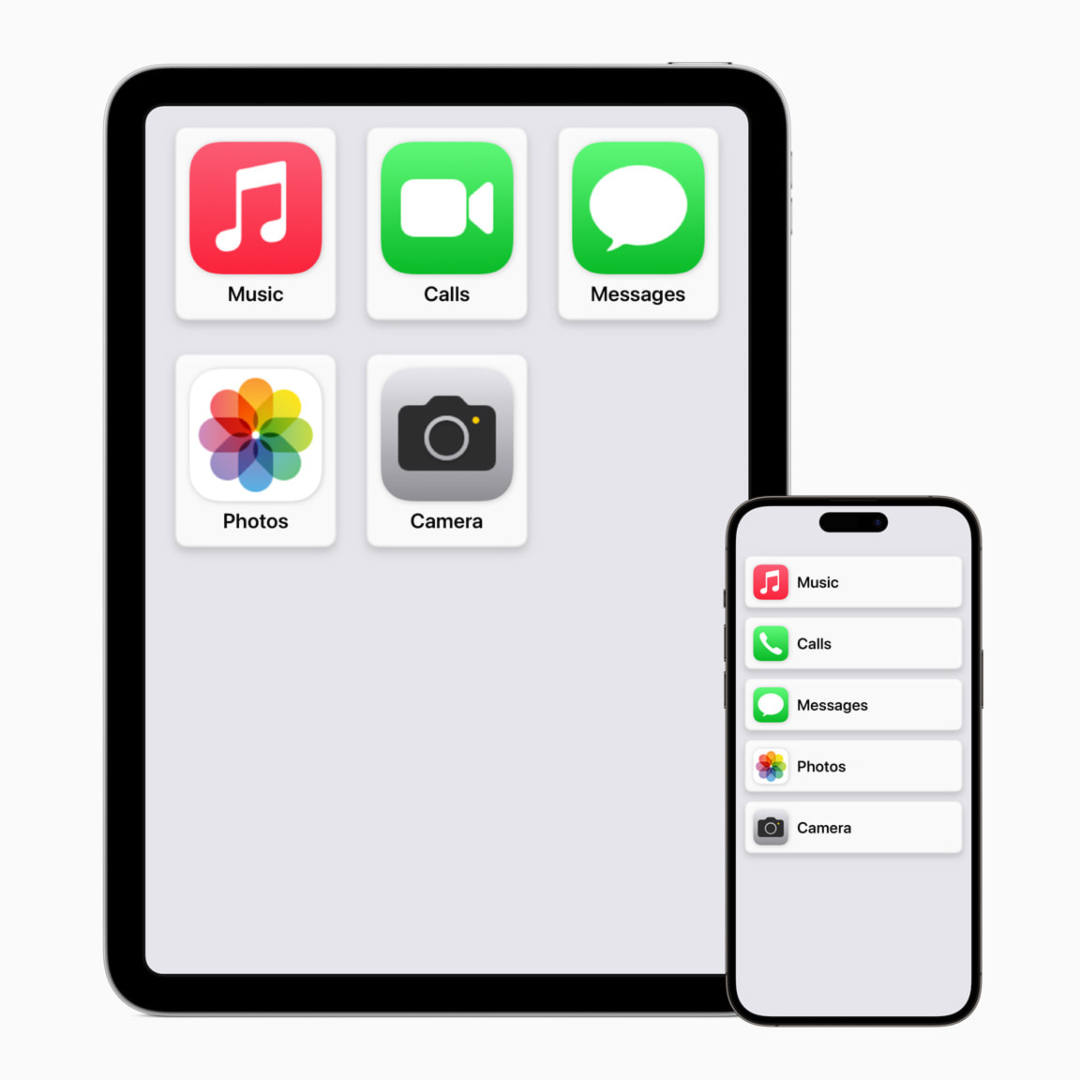
And since there’s no one-size-fits-all for accessibility, devices can be customized to match the desired experience.
This might be one of the most proficient examples of UI/UX design in everyday use yet, so mad props to the Cupertino behemoth for the wholesome feature.
Apple today previewed a new Assistive Access accessibility feature coming to the iPhone with iOS 17 pic.twitter.com/ho1WSEMrzb
— Joe Rossignol (@rsgnl) May 16, 2023
Apple hasn’t given an official timeline for the new accessibility features, though it has stated that Assistive Access will be ready for the iPhone and iPad later this year. You’ll probably learn more about them at WWDC, when the company is also expected to debut iOS 17 and iPadOS 17.





